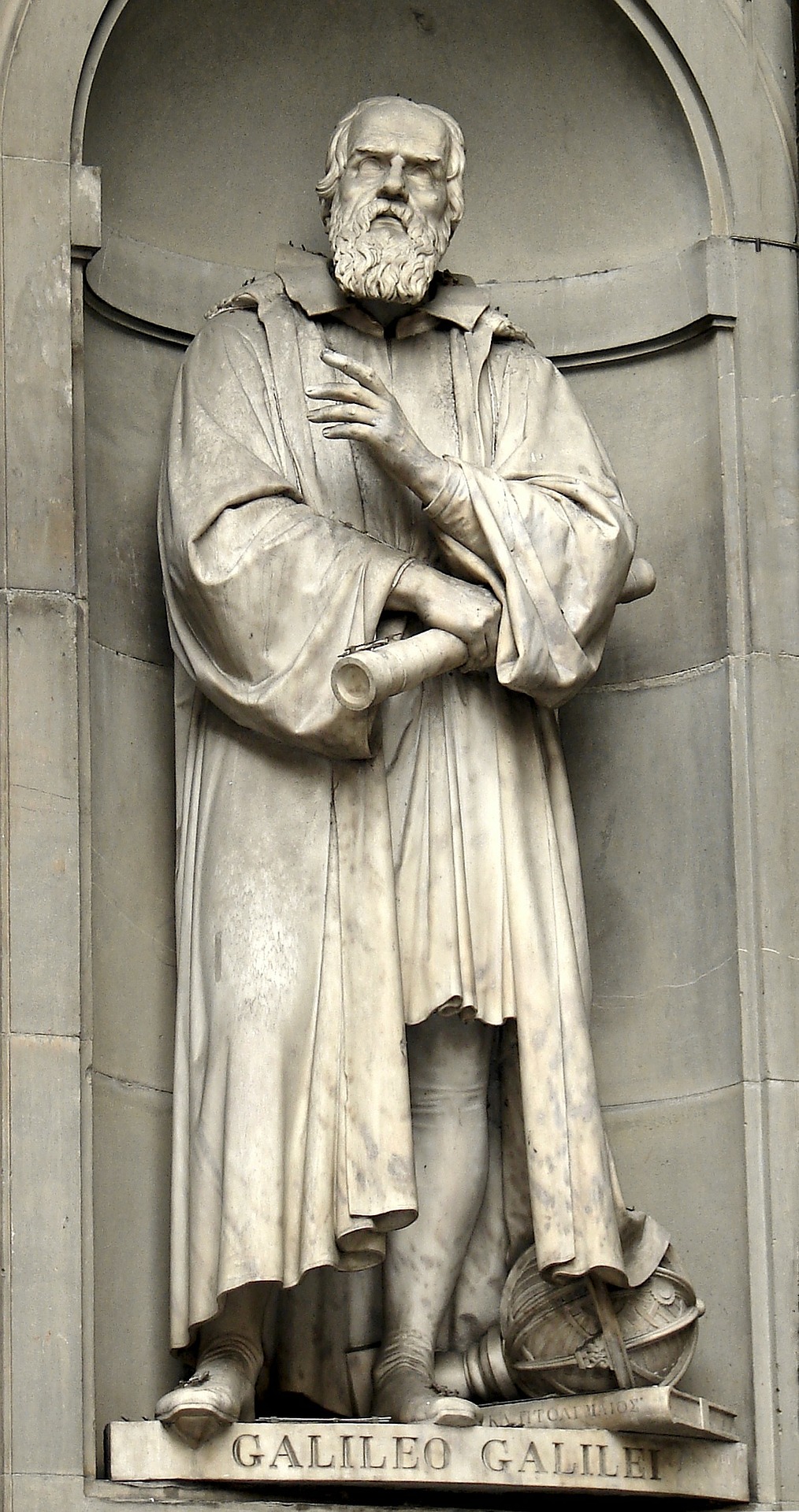Elliot Tebboth
We now commend Galileo’s contribution to the body of scientific knowledge. In his work “On the Method of Theoretical Physics” published in 1934, Einstein heralded him “the father of modern physics and in fact the whole of modern natural science”. However, during his lifetime, Galileo faced two trials and condemnation by the Roman Catholic Inquisition. In a recent Nature article, it was reported that an original copy of Galileo’s correspondence had been rediscovered in the Royal Society Archives. The letter supports the notion that Galileo actively softened his words in an attempt to alleviate the consequences of his work.
The correspondence was a letter written in December 1613 to Benedetto Castelli, one of Galileo’s former pupils. It is set in the context of Galileo’s work improving telescopes and documenting his observations of the four moons of Jupiter in “Starry Messenger “ (1610) and of the phases of Venus in “Letters on Sunspots” (1613). The phases are only possible if Venus orbits the Sun and thus, along with the moons orbiting Jupiter, contradicted the Church’s accepted Aristotelian geocentric view where the earth is the centre of the universe.
In the letter, Galileo expressed his doubt for the authority of the church to question science, stating he thought no “conclusion derived from evidence, should be rendered doubtful by passages of Scripture”. Because of this, a copy of Galileo’s letter was sent to The Inquisition on the grounds that is violated the decrees of the Council of Trent. More specifically, as quoted in “Galileo, Science and the Church” by Jerome J. Langford “that no one relying on his own judgement shall, … distorting the Scriptures in accordance with his own conceptions, presume to interpret them contrary to that sense which the holy mother Church… has held or holds”.
The copy received by the Inquisition, however, contained stronger language than one later presented by Galileo himself. According to the article by Nature, the changes include the replacement of the word “false” with “look different from the truth” when discussing certain passages in the Bible that comment on natural phenomena. It was previously unclear which letter was the original, but the recent rediscovered letter has shed some light. It was filed under an incorrect date of October and found by chance by Salvatore Ricciardo, a postdoctoral science history student at the University of Bergamo, Italy. It is reported to contain crossings out that show Galileo himself amending his words, from those that fit the letter to the Inquisition to the one he himself presented.
On receiving both the letters, in 1616 the Inquisition issued a warning to Galileo not to express or teach heliocentrism, the view that the Sun is the centre of the universe. Although it is impossible to comment on the contributions of his amendments, it is worth noting that in 1600 the Inquisition burned Giordano Bruno at the stake for acts that included supporting and furthering heliocentrism. It was not until Galileo published his book “Dialogue Concerning the Two Chief World Systems” in 1632, where he displayed the evidence against the geocentric model, was he called again for trial and convicted of ‘strong suspicion of heresy’. The book was banned, and he was sentenced to house arrest, saved harsher punishment due to his old age and ill health.
Things have changed dramatically for scientists’ relationship with The Church since the 17th century. In 2017, Pope Francis stated evolution and the Big Bang theory true, and invited astrophysicists and other experts to a conference at the Vatican Observatory. However, currently the direction and speed of scientific discovery are still affected by powerful institutions and scientists are not necessarily free to present their work without fear of consequences.
The Church is not the only powerful institution to currently influence the production of scientific research. A five year investigation by Canadian Information Commissioner Suzanne Legault started in 2013 showed that the Canadian Government under Stephen Harper actively prevented media access to scientists. In 2013, 90% of Canadian scientists felt unable to speak about their work. This number in 2018, under the Justin Trudeau government who have acted to reverse the restriction, was found by the Professional Institute of the Public Service of Canada to be 50%.
In America, policies enacted by the Trump administration sparked the creation of The Silencing Science Tracker (SST) as a joint initiative between the Sabin Center for Climate Change Law and The Climate Science Legal Defines Fund. It counts any act of silencing science by the American government reported in the national media. ‘Silencing Science’ is defined as “any action that has the effect of restricting or prohibiting scientific research, education, or discussion, or the publication or use of scientific information”. Started in December 2016, the count has now reached 257. One of the most recent examples, on the 5th of September is summarised on their website as follows:“The White House Office of Management and Budget removed several paragraphs discussing climate change and its impact on human health from EPA’s regulatory impact analysis on the proposed Affordable Clean Energy Rule.”
As well as increasing pressure from the outside, scientists are also receiving backlash from within the scientific community. In the opposite direction to the majority of amendments tracked by the SST, climate scientists that act to engage in debate with sceptics are being subject to harassment. In 2014, Lennart Bengtsson resigned from his position on the academic advisory council of the Global Warming Policy Foundation due to such circumstances.
Though the restrictions on heliocentric theories experienced by Galileo in the 17th century are no longer enacted by large institutions like the Catholic Church, scientists still face considerable barriers to publication and dissemination of their work.

